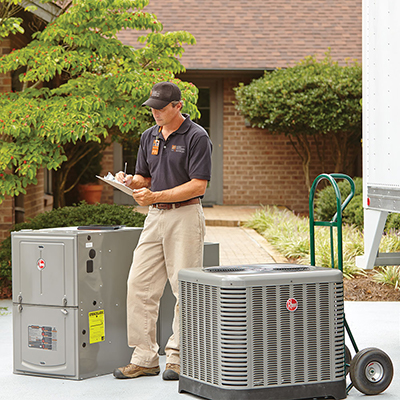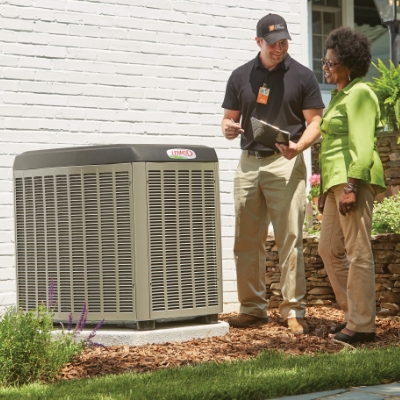SEER 2: New 2023 HVAC Efficiency Standards
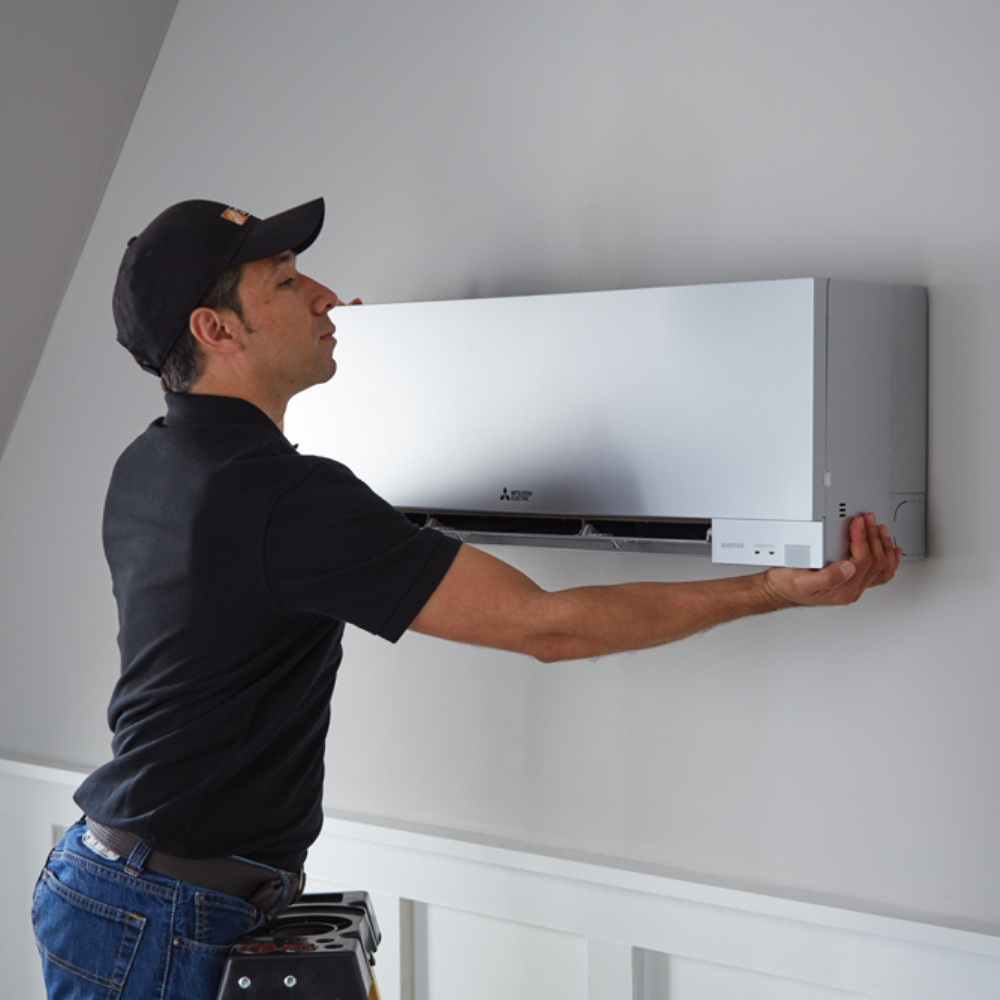
Last updated August 12, 2024
In 2023, the Department of Energy (DOE) changed how HVAC systems are tested for energy efficiency. The SEER ratings for HVAC equipment must be updated to correspond with the metrics associated with this new testing method. This guide reviews the new SEER2, EER2 and HSPF2 ratings, how to find them and how to maintain compliance with these new requirements.
Table of Contents
New SEER Ratings and M1 Testing Requirements
Regional SEER2, EER2 and HSPF2 Requirements
Compliance With Existing Inventory
SEER2 HVAC Efficiency Tips for 2023
More Tools. More Products. More Perks.
New SEER Ratings and M1 Testing Requirements

The new M1 testing procedure more accurately simulates the conditions HVAC systems work under and reduces the resulting efficiency ratings. M1 testers run HVAC equipment under increasing levels of air pressure and monitors their energy efficiency. They then compare the efficiency results with the average air pressure in a home.
This creates a need for new metrics and nomenclature that will become commonplace on HVAC systems, air conditioners and heat pumps. The improved energy efficiency of the equipment should reduce power bills and environmental impact.
The original M testing required HVAC manufacturers to have their equipment pressure tested by a third party. These tests used external static pressure equal to 0.1 inches of water (WC). However, HVAC systems are usually installed in areas with much higher external static pressure. M1 testing procedures address this by increasing the pressure to 0.5 inches WC.
To account for the higher-pressure testing, the new SEER2, EER2 and HSPF2 ratings are lower compared to the SEER ratings on the same system. For example, the northern region’s 14.0 SEER minimum efficiency is equivalent to the minimum 13.4 SEER2 under the M1 testing procedure.
Regional SEER2, EER2 and HSPF2 Requirements

SEER2 requirements are assigned to the same regions the DOE used for the original SEER requirements. Each region has its own minimum SEER2, EER2 and HSPF2 ratings that correspond to the energy efficiency needed to be considered permissible by the DOE.
The northern region generally has milder summers compared to the hotter and extended cooling seasons experienced in the southern regions. As a result, HVAC equipment has lower SEER requirements in this region. Single packaged units like ACs, heat pumps, gas electrics and dual-fuel heat pumps also have a lower HSPF requirement than split-system units.
The northern region 2023 SEER2 requirements for AC systems, heat pumps and single packaged units include:
- Split system AC: 14.0 SEER or 13.4 SEER2
- Split system heat pumps: 15.0 SEER and 8.8 HSPF, or 14.3 SEER2 and 7.5 HSPF2
- Single packaged units: 14.0 SEER and 8.0 HSPF, or 13.4 SEER2 and 6.7 HSPF2
In general, the southern regions require higher SEER2 ratings than the northern region. The southern states are typically hotter and use air conditioning more frequently. For the southwest and southeast regions, SEER2, EER2 and HSPF2 requirements vary depending on the power of each system.
For example, central air conditioning systems below a 45,000 BTU rating require a lower SEER2 rating than those above. The SEER2 requirements for the southern region include:
- Split system AC (<45,000 BTU/h): 15.0 SEER and 12.2 EER, or 14.3 SEER2 and 11.7 EER2
- Split system AC (≥45,000 BTU/h): 14.5 SEER and 11.7 EER, or 13.8 SEER2 and 11.2 EER2
- Split system heat pumps: 15.0 SEER and 8.8 HSPF, or 14.3 SEER2 and 7.5 HSPF2
- Single packaged units: 14.0 SEER and 8.0 HSPF, or 13.4 SEER2 and 6.7 HSPF2
Compliance With Existing Inventory

The 2023 SEER2 requirements have stipulations for existing inventory manufactured before January 1, 2023. These systems are still usable but their SEER rating must be equivalent to the new SEER2 requirement or installed in a region that allows for lower-rated equipment.
For example, compliance in the northern region is determined by when a system was manufactured to allow ample time to sell and install existing inventory. Any 13.0 SEER AC built before December 31, 2022, can still be installed after January 1, 2023. This includes split system AC units, split system heat pumps and single packaged units.
Inventory management for SEER2 in both the south east and southwest regions is more stringent and ensures existing inventory is compliant with the new standards. Unlike the northern region, existing inventory can only be installed if it has a SEER rating equivalent to the new standards. Additionally, compliance is based on the coil-only rating, or the least efficient combination of indoor and outdoor units.
The coil-only SEER rating is listed on the energy guide label for each piece of equipment. If the label shows a range, use the least efficient rating shown. Split system AC equipment manufactured prior to December 31, 2022, will require a 15.0 SEER if below 45,000 BTU/h. Systems equal to or above 45,000 BTU/h will require a 14.5 SEER.
In the southwest region, existing inventory must also meet the 2023 EER2 requirements. A split system AC unit can have a minimum 9.8 EER2 (or 10.2 EER) if it also has 15.2 SEER2 (or 16 SEER) rating or above.
SEER2 HVAC Efficiency Tips for 2023
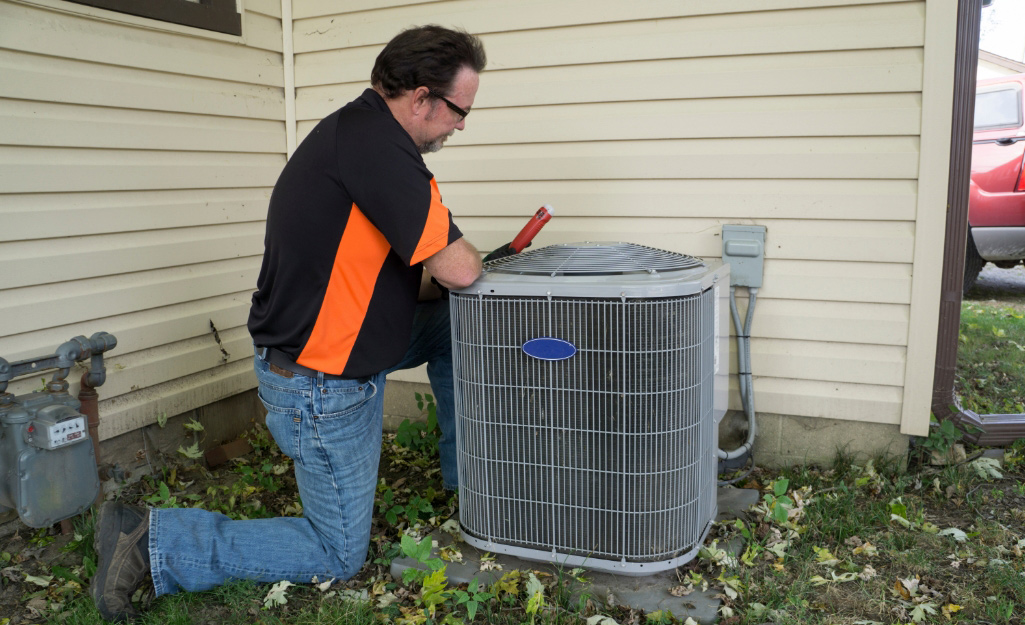
Make sure your clients buy HVAC equipment that will comply with the SEER2 guidelines. Double check with your supplier that the equipment was made in 2023, or what the SEER rating is on equipment from years prior. Additionally, use the following tips to make the change to SEER2 as simple as possible:
- Take inventory of all HVAC equipment you have installed or ready to install. Check their SEER ratings and compare them to this guide.
- If any of your equipment is noncompliant, do not install it on your home or property. However, it may be possible that the equipment is compliant in another region.
- Replace any noncompliant equipment with new models from 2023. This will ensure compliance with the new standard and offer ease of mind when installing new units.
More Tools. More Products. More Perks.
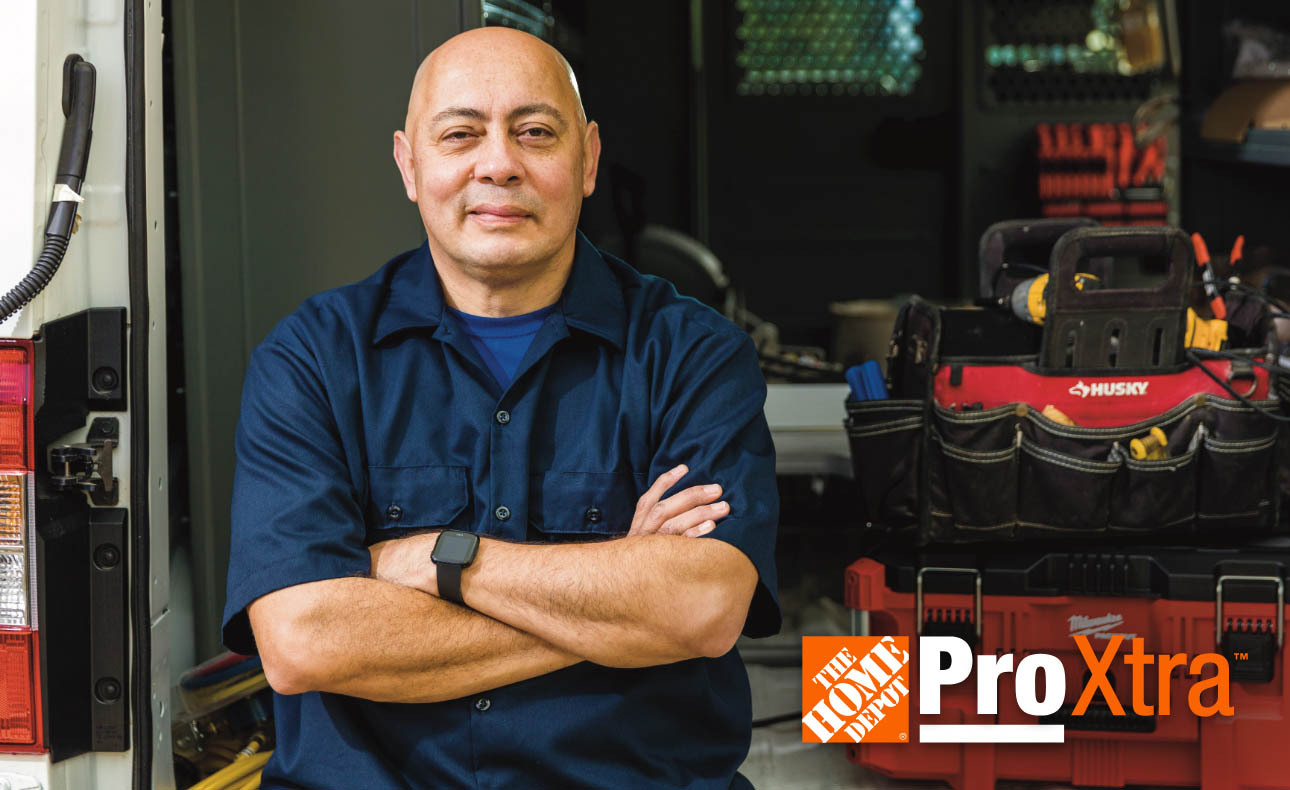
Be more competitive and boost your bottom line with Pro Xtra, The Home Depot’s free loyalty program built for Pros. Sign up today to access the enhanced Pro Online Experience, built with the online business tools and time-saving features Pros need.
Use The Home Depot Mobile App to easily use your Pro Xtra benefits when you shop. Scan your Virtual ID at checkout to access savings, redeem offers and earn Perks.






